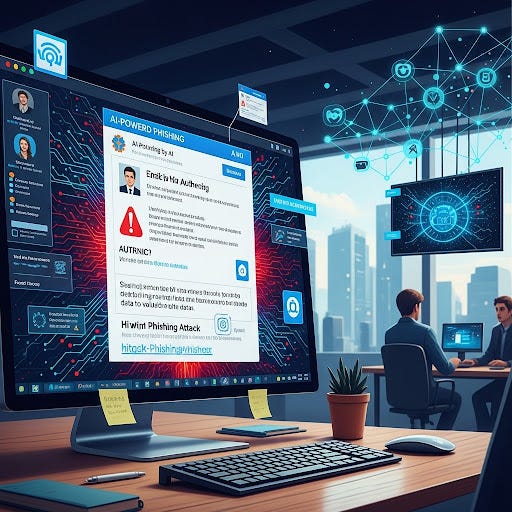AI-Powered Phishing: The Top Threat for SMBs in 2025 – and How to Fight Back
In 2025, small and medium-sized businesses (SMBs) face unprecedented cyber threats, with AI-powered phishing and credential-based attacks leading the charge. A staggering 703% surge in credential-based phishing attacks has been observed, leveraging AI to craft persuasive emails, voice calls, and even video messages. This sophisticated deception makes it incredibly difficult for employees to discern legitimate communications from malicious ones, leading to devastating consequences for underprepared SMBs.
If topics like these are helpful, become a subscriber and share with others.




